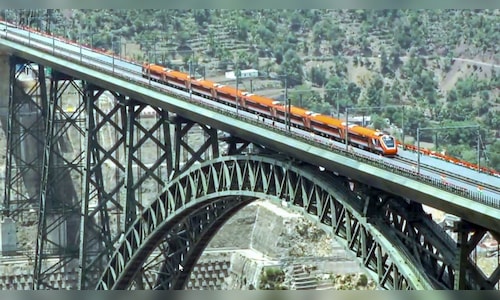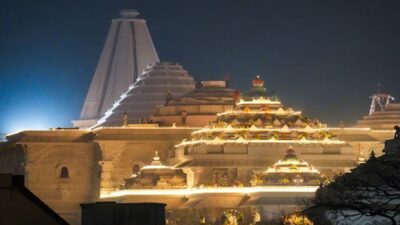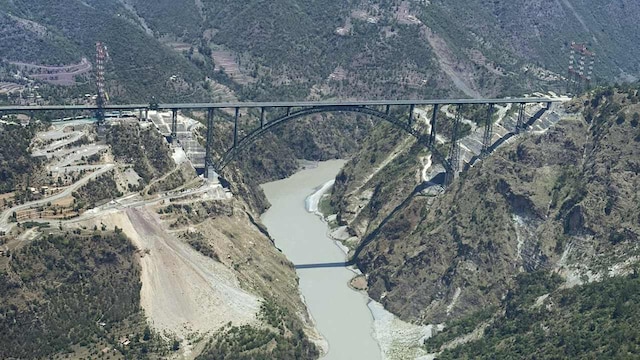

1 / 13
On June 6, 2025, India marked a significant achievement with the inauguration of the Chenab Rail Bridge, the tallest railway arch in the world, celebrated by Prime Minister Narendra Modi. Situated in Reasi district, Jammu and Kashmir, this bridge is a crucial part of the Udhampur-Srinagar-Baramulla Rail Line (USBRL) designed to link the Kashmir Valley to the mainland. Rising 359 meters above the Chenab River, this architectural feat represents India’s aspirations in infrastructure and engineering prowess. Here are 11 remarkable facts about this contemporary wonder. (Image: PTI)


2 / 13
1. Tallest railway arch | The Chenab Rail Bridge has achieved the distinction of being the highest railway arch globally, with a deck height of 359 meters—35 meters taller than the Eiffel Tower. (Image: PTI)


3 / 13
2. Essential link to Kashmir | This bridge is located on the critical Udhampur-Srinagar-Baramulla railroad route, ensuring year-round rail access between Kashmir and the rest of India. (Image: PTI)


4 / 13
3. Significant investment | Constructed at an estimated cost of ₹1,400 crore, the bridge is a pivotal part of the USBRL project, whose overall budget surpasses ₹35,000 crore, aimed at enhancing regional connectivity. (Image: PTI)
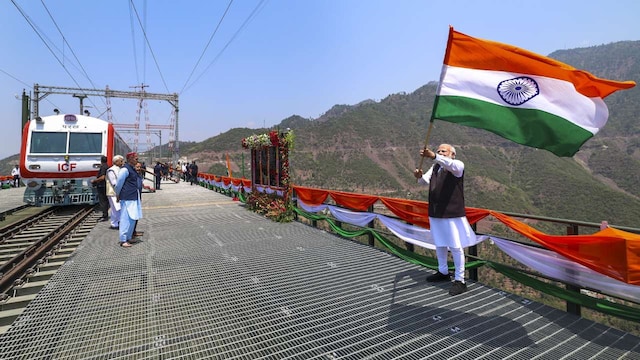

5 / 13
4. Impressive steel-and-concrete structure | Extending 1,315 meters, the bridge consists of a 785-meter arch and a 530-meter approach span, engineered to navigate a deep gorge within the formidable Himalayan landscape. (Image: PTI)


6 / 13
5. Designed for durability | The bridge is built to endure for 120 years, suitable to withstand winds of up to 266 km/h, earthquakes with a magnitude of 8, and explosions equivalent to 40 tonnes of TNT. (Image: PTI)
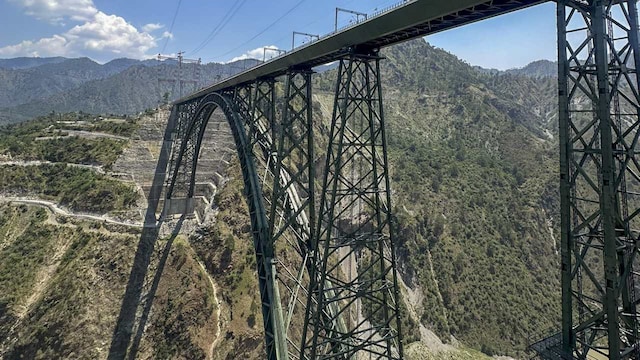

7 / 13
6. Resilient to severe weather | Constructed to withstand extreme Himalayan conditions, it can tolerate temperatures dropping to -20°C while maintaining its structural integrity amidst severe climatic events. (Image: PTI)


8 / 13
7. A collaborative global endeavor | Supervised by Konkan Railway Corporation, the project was completed by Afcons Infrastructure, VSL India, and South Korea’s Ultra Construction & Engineering. The Steel Authority of India provided the steel, while Swiss firm Mageba offered specialized bearings. (Image: PTI)


9 / 13
8. A landmark in national infrastructure | The Chenab Rail Bridge is not just a record-setter; it embodies India’s modern infrastructure revolution, promoting national cohesion, defense logistics, and economic advancement in Jammu and Kashmir. (Image: PTI)
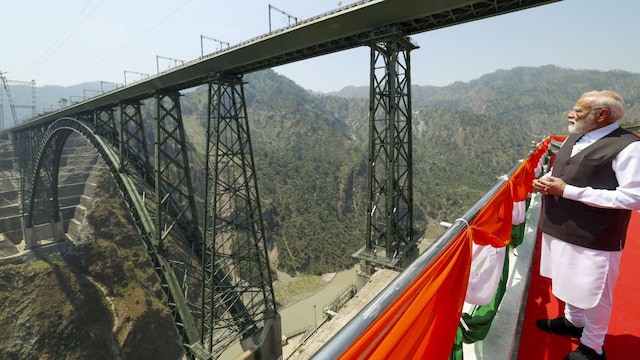

10 / 13
9. Utilization of advanced 3D modelling | Engineers employed Tekla software to develop detailed 3D models, facilitating accurate design and construction in a geologically challenging area. (Image: PTI)


11 / 13
10. Design validated by science | Foundation and safety evaluations were conducted by top Indian institutions. IISc Bangalore designed the protective base, while IIT Delhi and IIT Roorkee undertook seismic and slope analysis, with contributions from DRDO for the bridge’s blast-resistant characteristics. (Image: PTI)
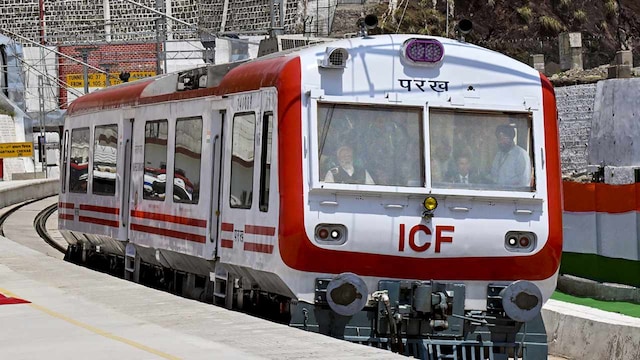

12 / 13
11. Substantial material usage | The construction process involved over 28,660 metric tonnes of steel, along with the establishment of 26 kilometers of access roads to facilitate transport in the mountainous terrain. (Image: PTI)


13 / 13
12. Overcoming challenging terrain | Initiated in 2008, the project encountered significant delays due to the Himalayan geology and seismic risks, but it was ultimately completed following meticulous safety validation and innovative engineering. (Image: PTI)
